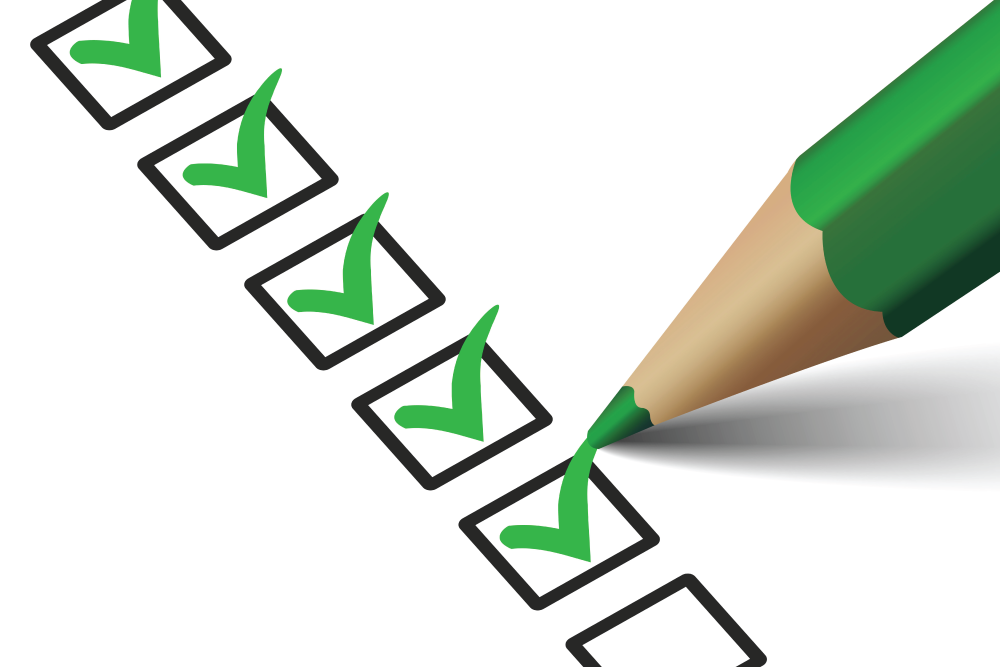It’s that time again. The year is winding down and a new one is almost here. For many, this is a time to reflect on the past year and set goals for the coming one. But if you’re like most people, your reflections probably don’t include an in-depth review of your retirement strategy.
That’s a mistake. Just as you would review your investment portfolio or insurance policy at the end of the year, you should take stock of your retirement planning to ensure you’re on track to meet your goals.
There are some key steps you should follow when you review your retirement strategy:
1. Review Your Budget and Pay Down “Bad” Debts
Reviewing your budget in an inflationary environment is challenging but critical.
Some areas of your budget, such as entertainment and travel, are considered to be more discretionary. Reducing or eliminating expenses in these areas can free up money to accelerate debt reduction and save for retirement.
Try to pay down “bad debts” — including high-rate credit cards, car loans, and other debt with interest rates — as quickly as possible.
2. Review Your Asset
Try to contribute to your 401(k) or other retirement accounts. Make a point of maxing out your employer match if you have one in 2022. If you don’t have a retirement account at work, open an individual retirement account (IRA). Anyone with earned income can open and contribute to an IRA.
3. Consider a Roth Conversion
More often than not, people expect taxes to increase in retirement. As a result, many folks now choose to shelter as much money from taxes as possible. Converting to a Roth can be a great way to do this.
With a Roth conversion, you pay taxes on the funds you convert now, but all future withdrawals are tax-free. This can be an amazing way to hedge against future tax increases.
4. Review Beneficiaries on All Accounts
See to it that your beneficiaries are up to date on all accounts, especially retirement accounts. This task is often overlooked, but it’s critical to ensure your assets go to the people you want them to.
It’s common for beneficiaries to be out of date, particularly on retirement accounts. With a 401(k) or IRA, you designate the beneficiaries when you open the account. But life changes — people get married, have kids, get divorced — and your listed heirs may not be current anymore.
5. Re-Balance Your Portfolio
Solid portfolios are characterized by growth, income, and protection. This means owning the correct mix of stocks, bonds, and cash. Over time, your investment will fall out of balance as some areas do better than others.
For instance, suppose that you have a portfolio of 60% stocks and 40% bonds. After a strong year for stocks, your portfolio may now be 70% stocks and 30% bonds. That’s not necessarily bad, but ensuring your portfolio is still in line with your goals and risk tolerance is important.
Set Yourself Up for Success
At Ty J. Young Wealth Management we help clients proactively review their retirement strategy and ensure they are on track to meet your goals. The end of the year presents a great opportunity to reflect and assess progress towards those goals and determine whether changes are needed to continue growing in the new year.
An End-of-Year Checklist for Retirement Planning



